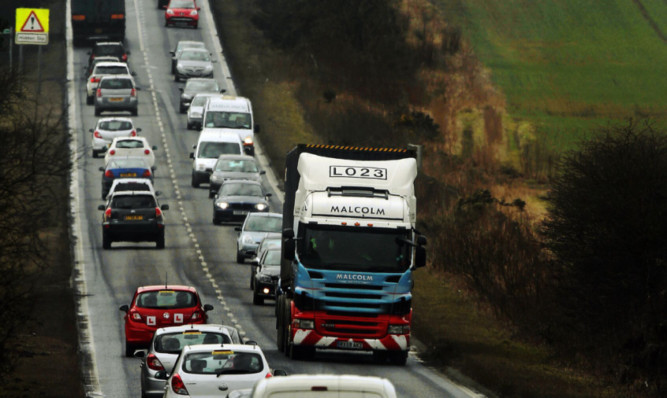Reducing the speed limit on a notorious Fife road may only create further problems for police, it has been claimed.
Steve Sellars, Fife Council’s lead professional for road safety, told Kirkcaldy councillors that users of the A915 Standing Stane Road already have a perception of what a suitable speed for the route is.
He was outlining a new, £80,000 project to improve signs, markings and the surface of the route, which was backed by local members when they met on Wednesday.
The stretch between Kirkcaldy and Leven is one of the most dangerous pieces of road in Fife, with 72 accidents having been recorded between 2011 and 2013.
Although no accidents in this period proved to be fatal, the route has a long history of claiming lives.
A suggestion of reducing the 60mph speed limit was mentioned, to which Mr Sellars responded: “What there needs to be is a careful balance between the need for travel with the need for safety.
“The road is high speed and we have to be careful that we don’t create an enforcement problem for the police.”
Despite welcoming the new measures set to be in place by the end of summer Councillor Lawrence Brown said they would only have a limited impact.
“The road is OK but it is the drivers that are the problem,” he said. “A lot of people speed because it is a long, straight road.
“The Checkbar Road junction is where we need signs, as there is nothing there telling drivers to slow down. But no matter what we do, it will be the fault of the driver, not the road,” Mr Brown added.
